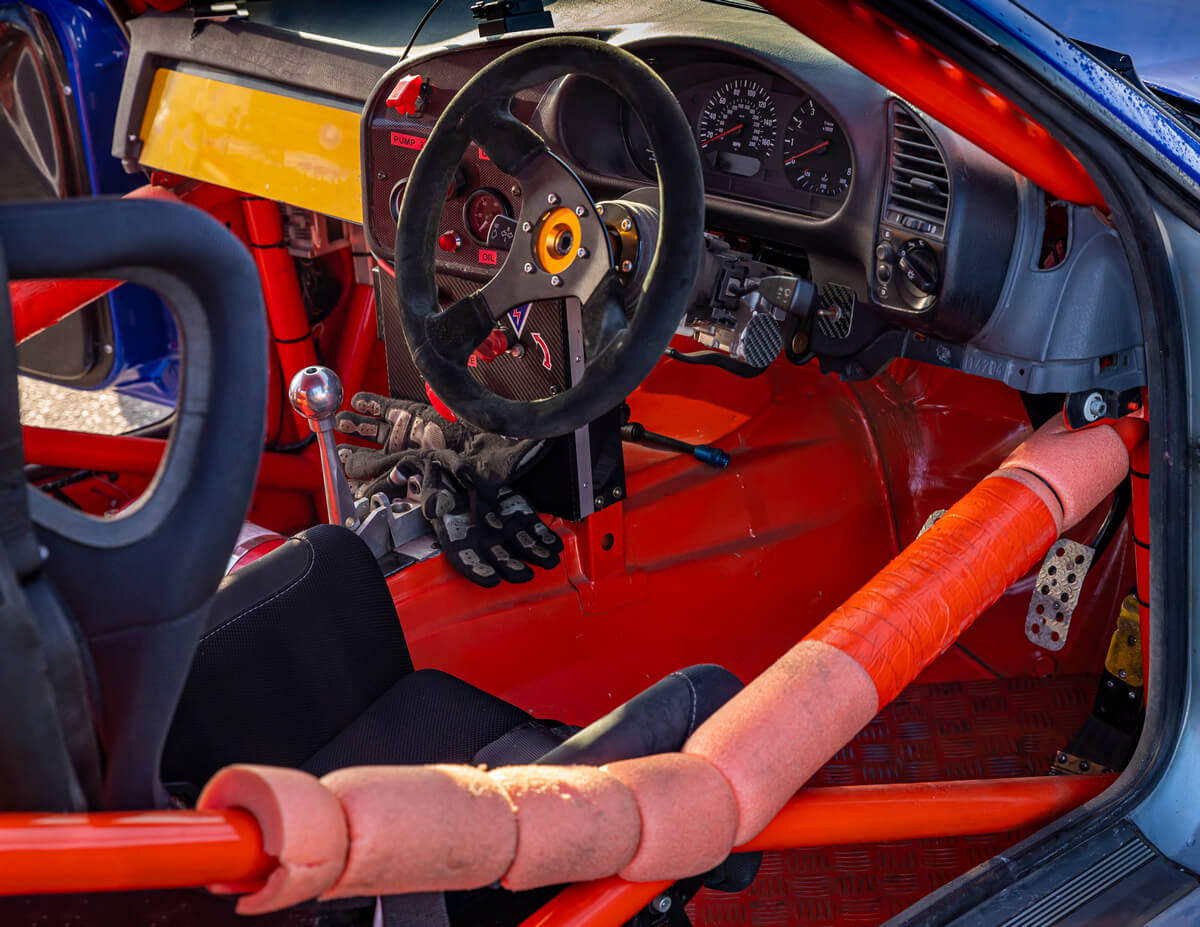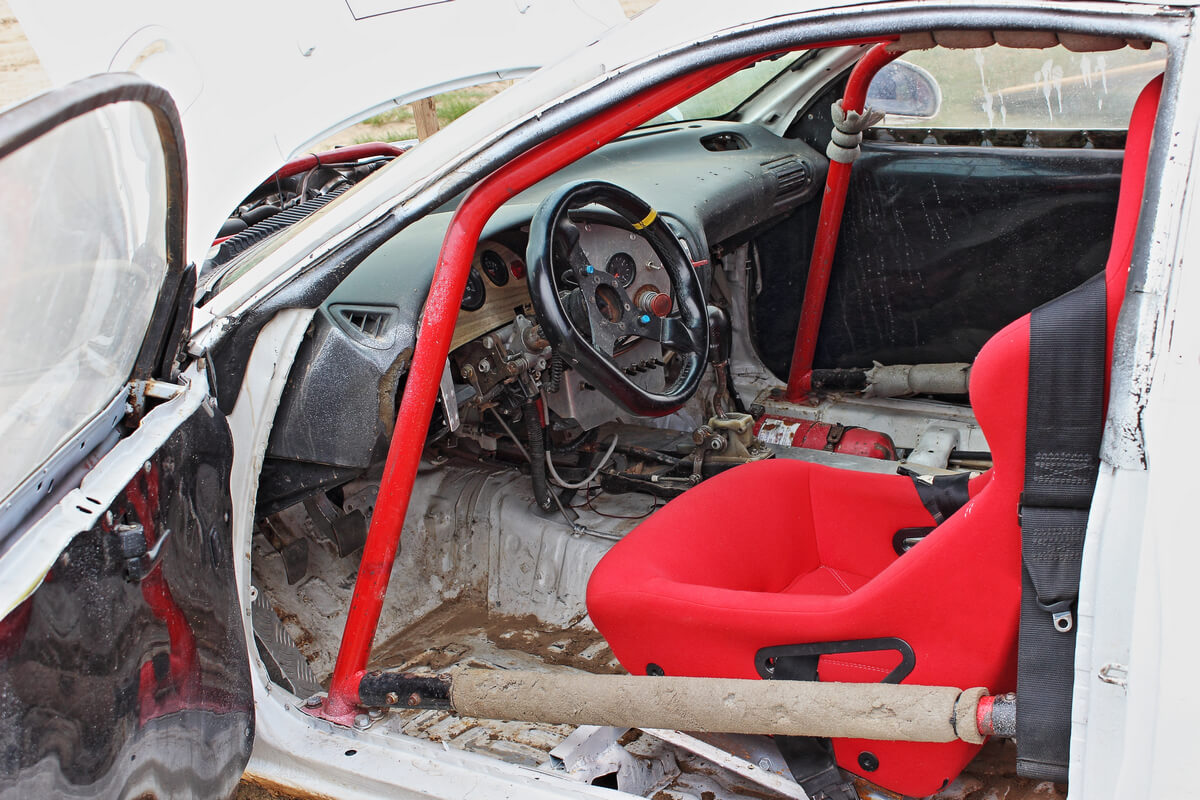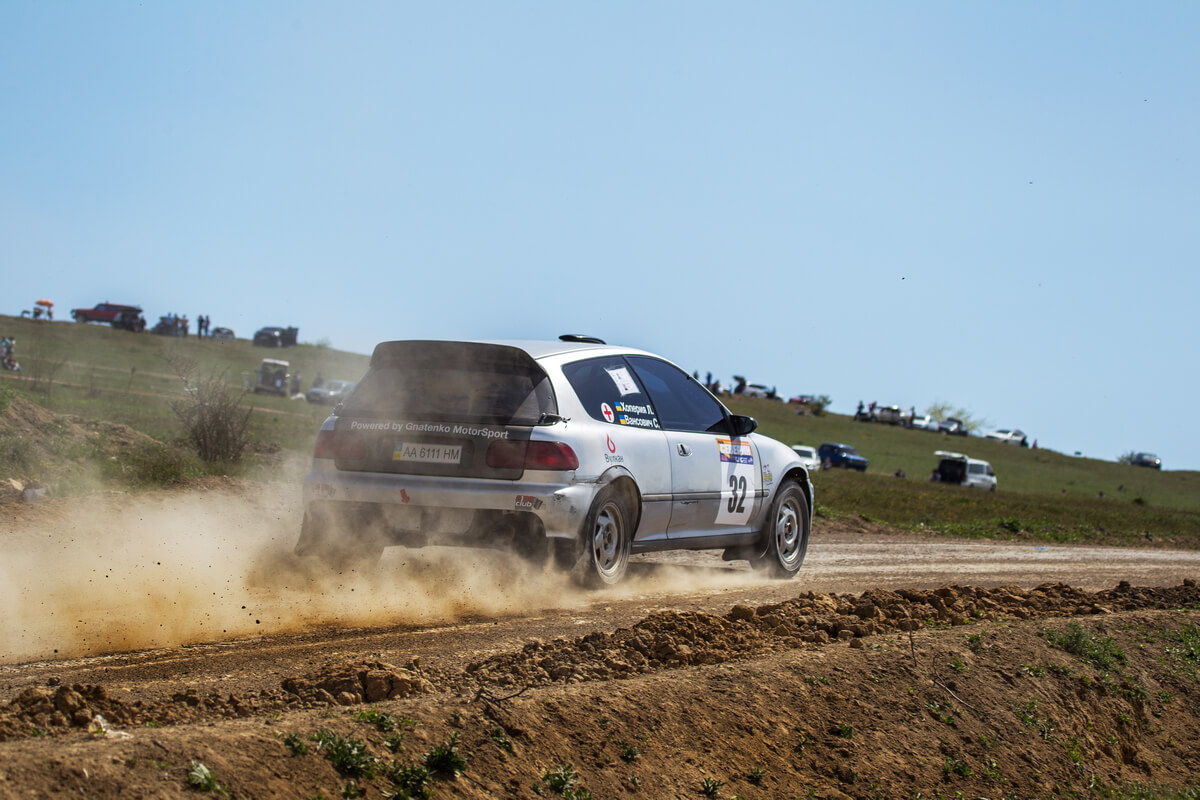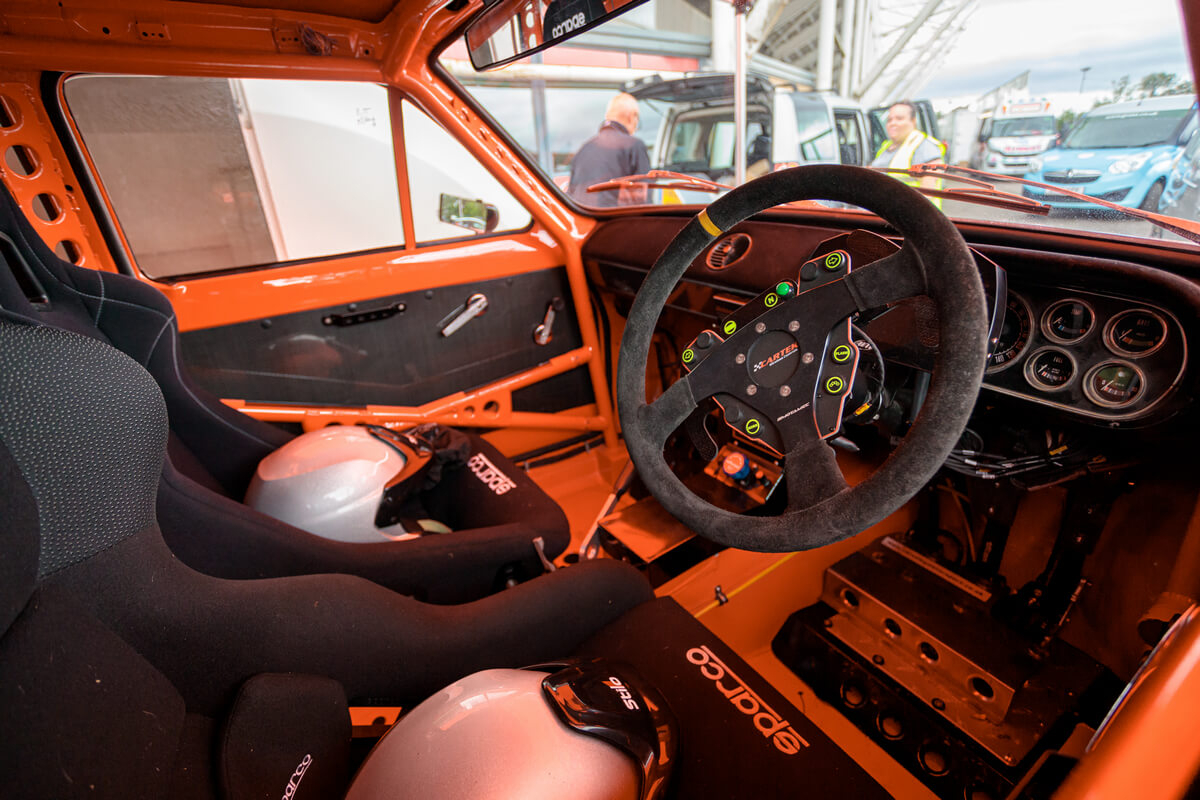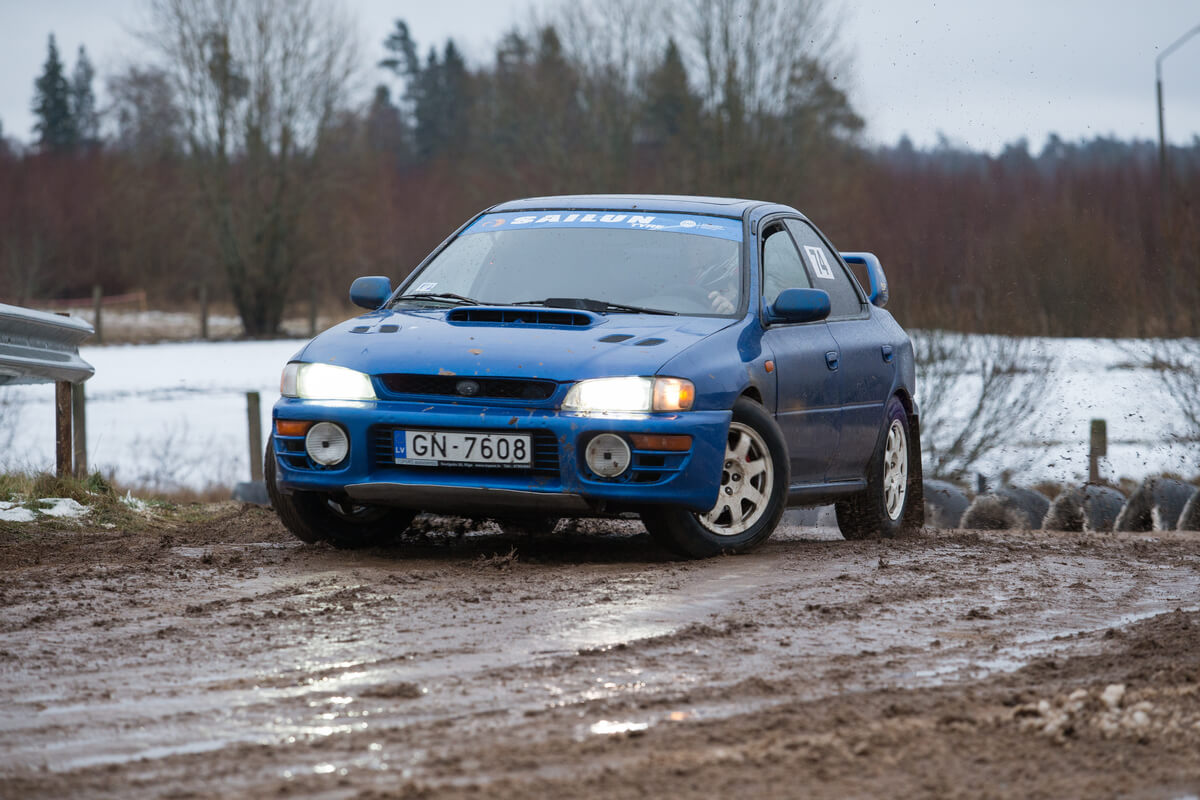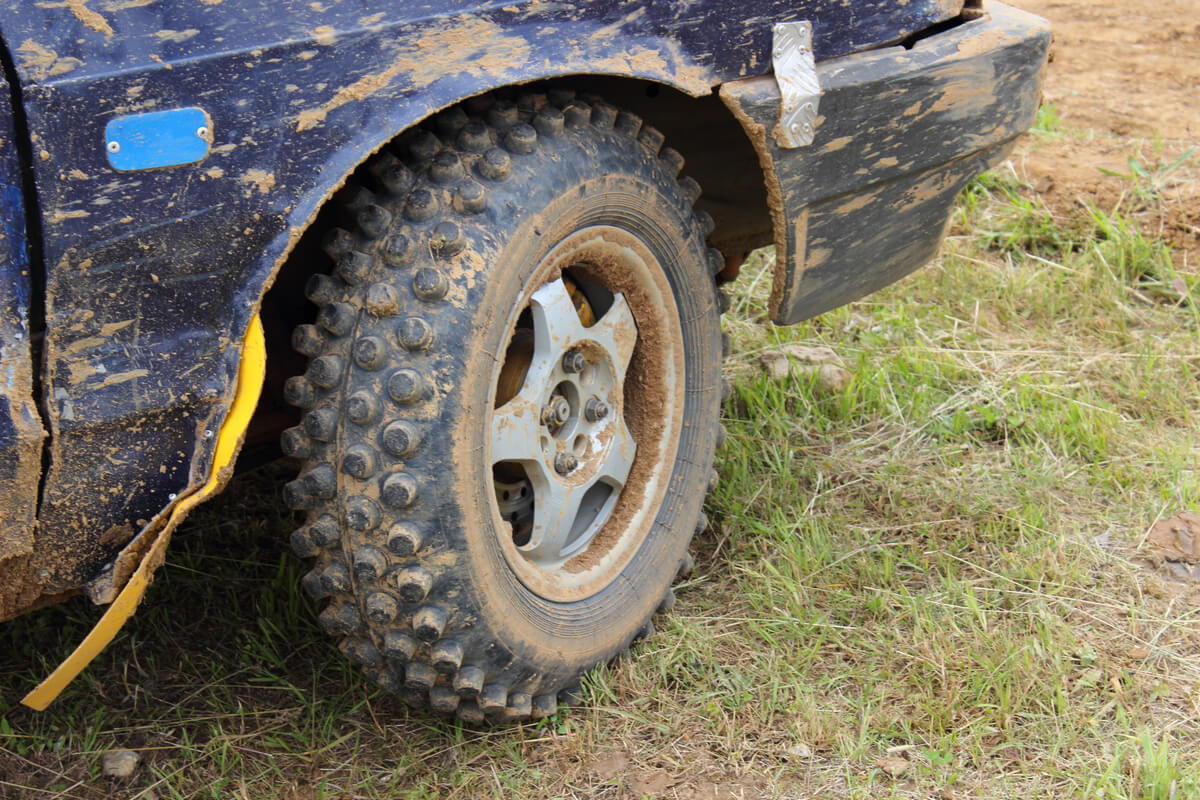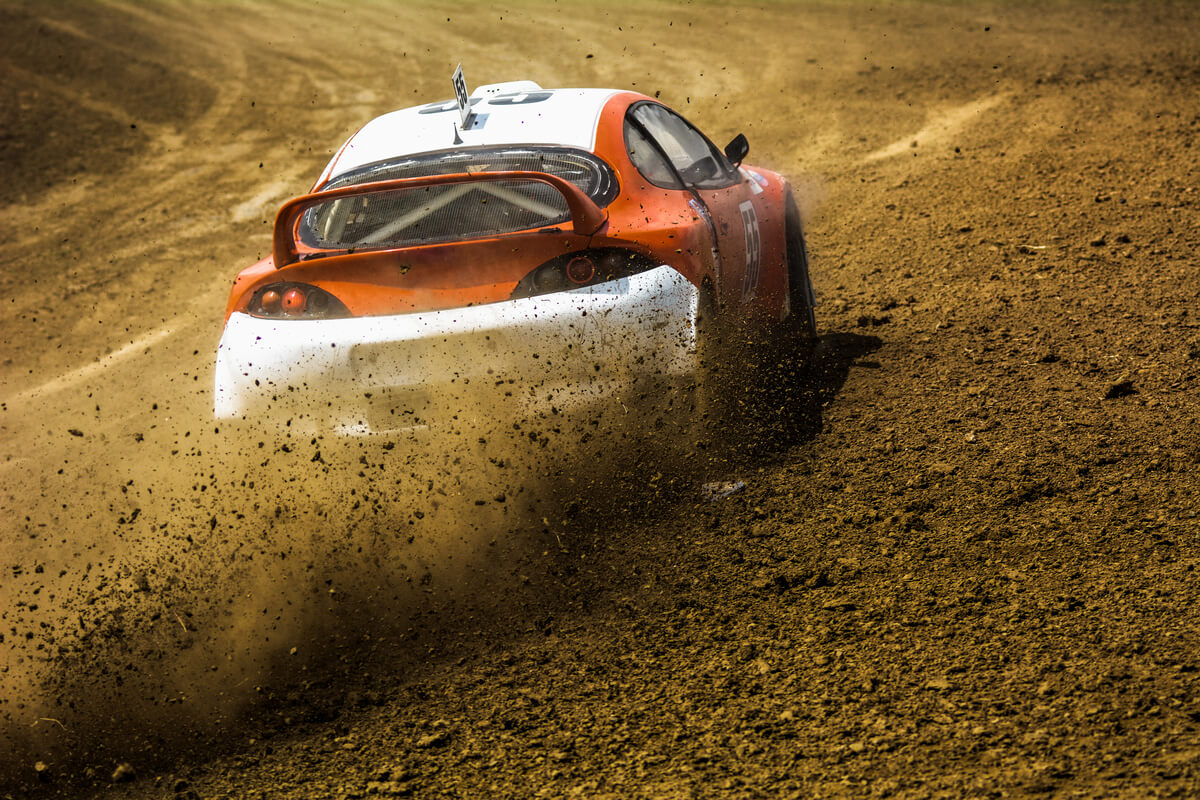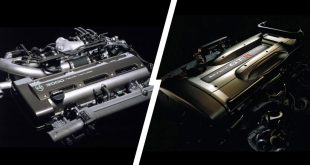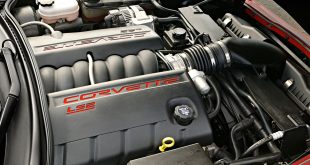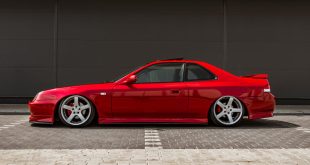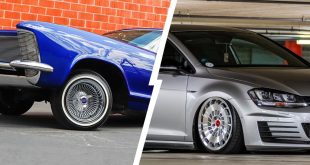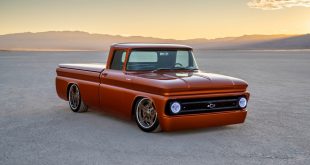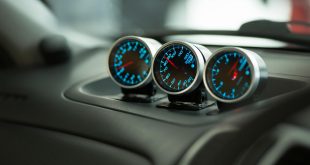You can go autocross with any car, but to make the most out of it, you’ll need to make some upgrades.
Autocross racing is the best way for amateur drivers to experience the thrilling exhilaration of speed. The sport has simple rules that allow virtually any car to race. Drivers of all ages and skill levels are welcome to compete in events held nationwide. However, while you can enter with stock cars, when it’s time to get serious about winning, a few upgrades will get your car ready for autocross success.
Today, we will look at some of the best upgrades you can make to your car and how these upgrades can help you win. Many of the best upgrades are easy to make at home and don’t affect your car’s street drivability. We’ll start with inexpensive, easy tips and move on to more drastic alterations. The first step is to get the best car for autocross racing, and then you can start to make upgrades to win.
Starting Line
Winning autocross racing is all about speed and handling through the course. The best way to upgrade any car for racing is to increase the power-to-weight ratio. The ratio is important because heavier cars will need more power to go fast. You can find the power-to-weight ratio for your vehicle very easily. All you need to do is divide the horsepower of your car by the weight.
Let’s use one of the best cars for autocross racing as an example: the 1997 BMW E36 M3. The M3 has a curb weight of 3180 lbs and produces 240 horsepower. The power-to-weight ratio for this car is .075 horsepower per pound.
Put Your Car on a Diet
There are two ways to improve the power-to-weight ratio: more horsepower or less weight. Horsepower gains are expensive, but you can reduce the weight of your car for free. It’s pretty easy to do and doesn’t ruin the car if you are careful.
You Can’t Sit with Us
The first thing you can do to reduce the weight of your car is to remove the seats. The front seats weigh between 30 and 70 pounds each, depending on the fabric type and whether the seats have power functions. Leather, power seats are the heaviest, while manual, cloth-covered seats are lighter. The rear bench (if your car has one) can weigh an additional 30 to 50 lbs.
You have a few options when it comes to upgrading seats in your car. Depending on the type of car you are working on, you may be able to find a lightweight factory option, or you can purchase aftermarket racing seats that weigh far less than factory options. You can get a lightweight seat from Summit Racing for less than $40 that only weighs 12.5 lbs.
Flying Carpet
While the seats are out, get rid of the carpet, too. Underneath the carpet, you will find a thick material used to absorb noise and vibration. You’ll save around 30 lbs by removing the insulation—lots of people like the look of a bare floor in a track car. If the stripped-down look isn’t your thing, you have a couple of options.
You can remove the carpet from the insulation and just put the carpet back if it’s in decent shape. The carpet weighs very little, only about 2 lbs. It may be possible to use lightweight floor mats to disguise the bare floors. One thing that we don’t recommend is using a rubberized product, like a spray-on truck bedliner. There are several problems with the coatings on interior surfaces. The coating often traps moisture and creates rust. It also adds weight, eliminating most of the gains you will have from removing the insulation.
Scrape the Weight Away
Manufacturers coat the bottom of the car in a heavy material to prevent rust and corrosion, dampen vibrations, and quiet road noise. It’s a lot of work, but you can save around 20 pounds or more by removing it. The downside is that you may start seeing rust, so it.s a good idea to use lightweight paint once the undercoating is gone.
Dump the Panels
Your door panels are purely for comfort, so you can pull them and save as much as 25 lbs each. If your car has power windows and door locks, you’ll need to fabricate some sort of panel to hold the switches. An even better idea is to dump the windows, mechanism, and all. If your car is just for track days, windows aren’t doing you much good anyway. You’ll shave off another 5 to 10 lbs by getting rid of the window regulators and power window motors and as much as 6 lbs for each side window.
If you are going for the stripped-down track car look, you can remove interior trim, but you won’t save very much weight that way, and you may inadvertently expose sharp metal edges that are dangerous in a race car. You’re better off removing other items and leaving trim panels in place.
Forget About Comfort
Now it’s time to cut some real weight, but your car will be much less enjoyable to drive. Your stereo, wiring, speakers, and amplifier add a significant amount of weight. Most systems will weigh around 25 lbs with all the wiring and parts.
Next, you can remove the climate control equipment. Cars with air conditioning will get the most significant weight savings, but removing the heater, controls, and ducting can save 20 to 30 lbs alone. Removing the AC is a bit of a hassle, but you’ll save between 40 and 70 lbs when the compressor, condenser, filter, and dryer are gone. It’s possible to whittle 100 lbs off your car by removing creature comforts.
Results of Weight Reduction
You’ll recall that the test racer, a 1997 BMW E36 M3 started with a power-to-weight ratio of .075 hp per lb. We took out the seats and put in a plastic racing bucket, removed carpet and insulation, door panels, windows and drive motors, the stereo, AC, and heater. In all, we dropped the weight of the car by 370 lbs. That gives us a new power-to-weight ratio of .085 hp per lb. That’s a 13.3% increase. It might not seem like a lot, but taking the weight off helps you go faster in other ways.
Benefits of Weight Reduction
The chief benefit is that you increase horsepower-to-weight, but shaving some weight also lets you accelerate faster, carry more speed through turns, and brake in shorter distances. On the downside, the M3 isn’t nearly as comfortable to drive anymore, but the good news is that nothing permanent has been done. If you save all your parts and are reasonably careful taking things off, it’s just a matter of putting things back together.
Download over 5,000,000+ car repair manuals here!
Brake it Up
Before addressing any other item to make your car faster, invest in getting a brake system that can stop the vehicle; you are building at the peak of your plans. It’s cheaper and easier to buy the right parts first rather than retrofit parts later when you add more power. A brake upgrade can run from a few hundred dollars in junkyard parts to $5,000 or more for a competition brake system.
There are a couple of ways you may be able to get a brake upgrade. Many cars use the same parts, so you may be able to find larger disc brakes on a similar vehicle and swap all the components. Cars like the test BMW benefit from aftermarket kits, but we can also use larger calipers and rotors from an E46 for a factory-style bolt-on upgrade.
Swap those Wheels
Most of the time, we buy wheels for our cars because of the way they look. Looks still matter for your racer, but lightweight wheels are more important. The reason you want light wheels is simple. Wheels, tires, and brake components are unsprung weight. Reducing the unsprung weight improves cornering and braking performance.
Lighter wheels also require less force to move, so you may even experience a marginal increase in start times. There are tons of options out there for any size wheel, and you’re sure to find a style that suits you. Plan to spend between $500 and $2,000 or more for the ideal wheel.
Don’t Forget the Rubber
You should also upgrade tires for your vehicle at the same time. Look for performance tires, but don’t go full-race. Autocross events are most often in parking lots that do not have the same quality of asphalt as a racecourse. You’ll do better with a tire that has some tread when autocross racing.
Lower Expectations
Lowering the vehicle will make it easier to maintain traction through hard cornering and improve acceleration, braking, and stopping control, all crucial for autocross. Lowering can be done by replacing shocks, relocating mounts, and several other options, depending on the vehicle type. Expect to spend several hundred to several thousand on lowering.
Engine Upgrades
Now that the weight is down and the brakes work better, let’s start getting some power add-ons. Let’s look at some easy add-ons you can take advantage of to get more power.
In
One of the best ways to get more power is by adding airflow. A performance air intake will streamline air into your intake manifold, increasing flow and reducing turbulence. Be cautious of products that boast tremendous power gains. In most cases, you can expect 3 to 15 horsepower gains from an air intake.
Fuel
The next thing you can do to get more power is to increase the amount of gas your engine can get. Fuel-injected cars can benefit from larger injectors, and you can see some valuable power gains with this upgrade. You will need to upgrade the ECU when increasing injectors. You’ll see a 10 to 30 horsepower increase using a performance chip and related components like air intake, exhaust, and other upgrades.
Out
Once you have more air and fuel, you’ll need to get rid of the exhaust. Many modern cars use O2 sensors and catalytic converters and cannot be legally driven on the street without these parts. The good news is that there is no performance difference as long as the components are in good shape. A muffler that features a high-flow design can unleash power by reducing back pressure. Larger exhaust pipes may help improve performance but beware of going too big. At a certain point, the size of the exhaust pipe will inhibit performance.
How it Works
So, we went ahead and upgraded the brakes, wheels, and tires, then tackled the engine upgrades. Our air intake netted 11 horsepower, and the factory 21.5 lb injectors are ideal for our engine. We used a bolt-on exhaust for the BMW that cut 34 lbs and added about 10 horsepower. We used a performance chip that got us an additional 12 hp. So we ended up with about 33 hp. Plus, we cut a little more weight, too.
Last Words
The autocross upgrades we showed you today are all reasonably simple to execute on most cars. A high-quality repair manual will be an essential tool for every step, so invest in a good one. Our test car today started with 240 horsepower and a power-to-weight ratio of .075 hp per lb. After lightening and upgrades, we are around 270 horsepower and a power-to-weight ratio of .097 hp per lb, a substantial 25.5% increase in power-to-weight ratio.
You can use any of these upgrades to help your car perform better for autocross racing. The best thing is that these modifications are easy to do at home. Even working on our test BMW, the total expenditure was about $4,000. When you’re ready to win races, these are the first upgrades you should make to your car.



